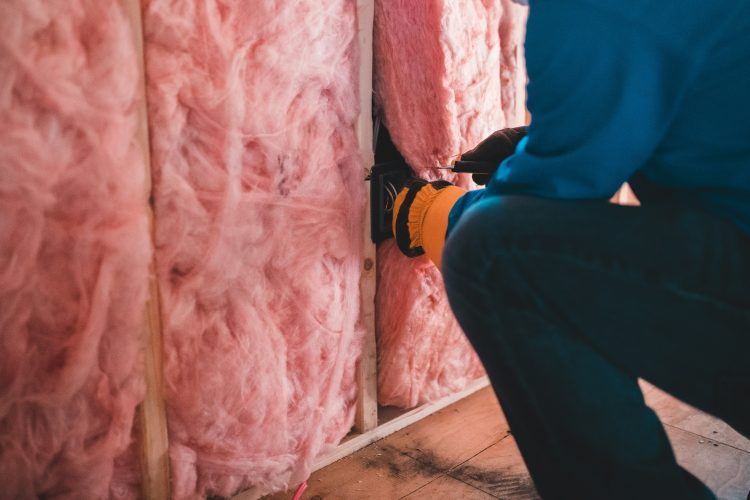
- By SchwebAdmin
- In Pole Barns
How to Insulate a Pole Barn
Pole barns are large outdoor storage structures that can be used in a variety of ways, making them a great addition to pretty much any property. Pole barns are made by anchoring verticle posts into the ground and building a frame off of the poles. They typically have metal siding but can be constructed with other materials, if you’d like. If you’d like to use your pole barn as a workshop year-round, then you’ll likely want to control the temperature inside. Learn how to insulate your pole barn for year-round use.
How to Insulate Your Pole Barn
You should start thinking about insulating your pole barn during the design phase, before the first post is ever set. The first consideration to make is to insulate your concrete slab, which will prevent cold seeping in from your floor. You might not need this if your barn will be a garage or workshop, but you’ll want floor insulation if you make it a mancave or similar living space.
Moving on to your walls, you should start by placing a vapor barrier on your metal siding. This is a thin, protective layer that repels moisture, keeping everything dry inside. Then, you’ll want to pick the right insulation for your situation, which your contractor can help you with. There are three common options: fiberglass, spray foam, and cellulose. Insulation can come in different thicknesses and serve different functions, so consult with your contractor on what’s best for you.
Lastly, you’ll want to consider venting your pole barn. Vents will further protect your pole barn from moisture by allowing damp, hot air to escape the barn. You can opt for a ridge vent that lines the full length of your roof or gable vents at either end of your pole barn.
Options for Heating Your Pole Barn
If insulation isn’t enough to keep your pole barn at the temperature you’d like over the winter, you’ll need to add a heating solution, as well. You’ll also want to consider these options before construction, as adding a heating system to a structure costs more than building one with the heating system from the start.
One option for heating a pole barn is radiant heating. This system will heat coils underneath your concrete slab to radiate heat up into your barn. Another option would be to install ductwork for a forced-air system. This might be a good option if you’d also want air conditioning, because it can use the same system. One other popular option is heat pumps, which pump heated air into your barn without ductwork, but might not heat your barn evenly unless you install multiple.
Invest in a Pole Barn Today
If you haven’t built your pole barn yet, consider working with JM Riehl Builders. We’ll work with you throughout the design process to ensure that all of your climate control needs are met. Request a quote today.






